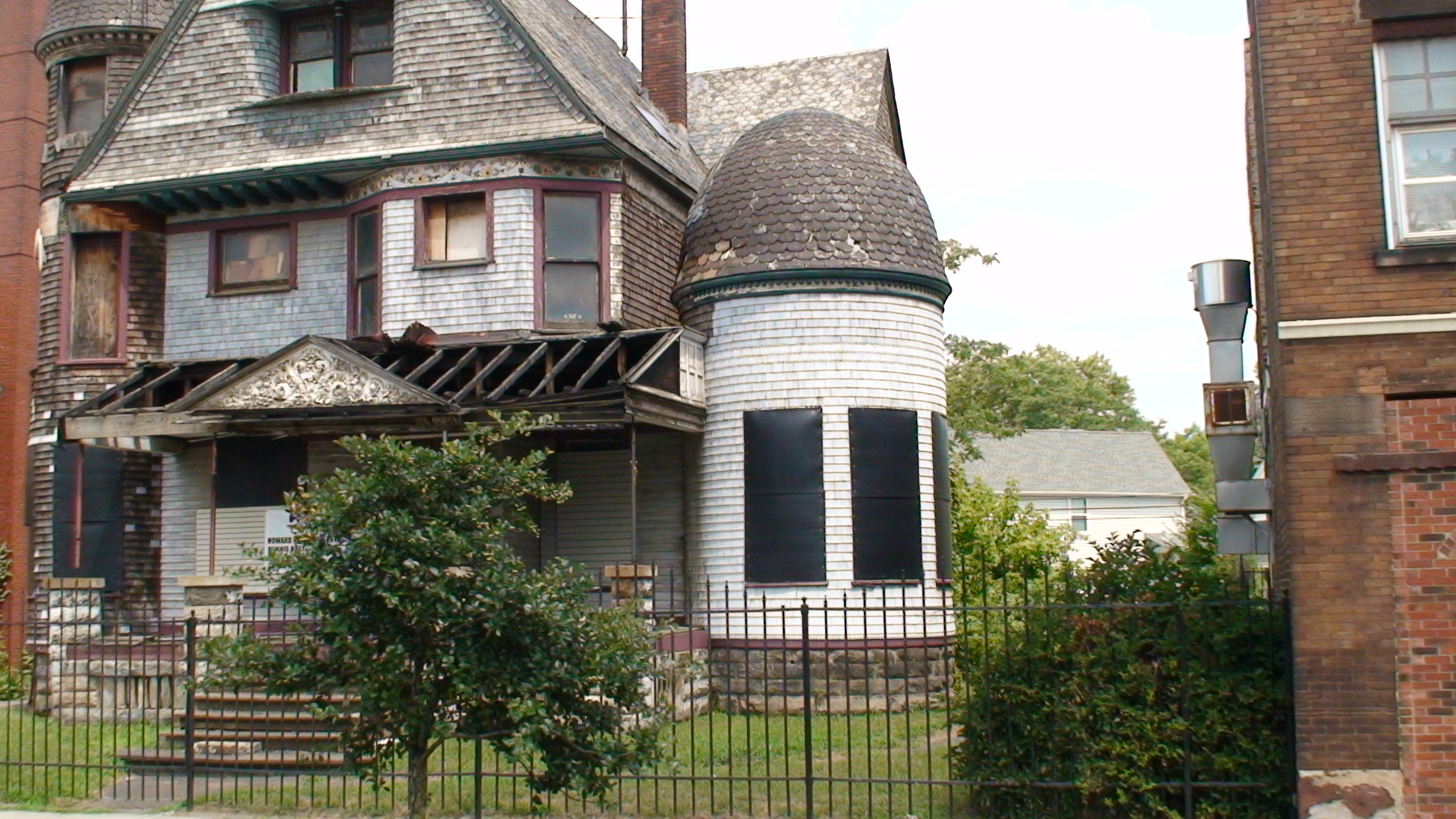By Lindsey Gardiner, GOPC Manager of Government AffairsEarlier this month GOPC staff attended the Ohio Environmental Protection Agency’s 2016 Ohio Brownfields Conference. The two day conference included beginner-friendly and advanced presentations, making the event attractive to attendees from a number of different disciplines such as environmental consultants, economic development, brownfield and other municipal officials, state government officials, developers, and various nonprofit community organizations.
The Abandoned Gas Station Cleanup Fund Program was one of the headlining topics during the keynote portion on the first day. GOPC played an instrumental role during the creation of the program nearly one year ago. The program was designed to offer funding for the cleanup and remediation of abandoned gas stations and enable environmentally safe and productive reuse of the sites. The program was established in conjunction with the Ohio Development Services Agency (ODSA), the Ohio EPA, and the Department of Commerce, Bureau of Underground Storage Tank Regulations (BUSTR). For more information on the Abandoned Gas Stations Cleanup Program, please visit here.
Photo by Ohio EPA
The presentations throughout the conference offered creative ways to take the problem of brownfields, and utilize them so they are part of the solution for Ohio communities. Some solutions include building green infrastructure on contaminated sites to tackle combined sewer overflows in urban areas, or turning contaminated materials into value-added engineered materials. It is clear that leaders in the brownfield industry see these contaminated sites as opportunities for growth. Presentations from out-of-state industry leaders offered a valuable education to attendees about what has worked for their state, and how their rules and regulations compare to Ohio’s. GOPC looks forward to incorporating information gained from the Ohio EPA’s 2016 Brownfields Conference to create more opportunities for brownfield remediation in Ohio.








